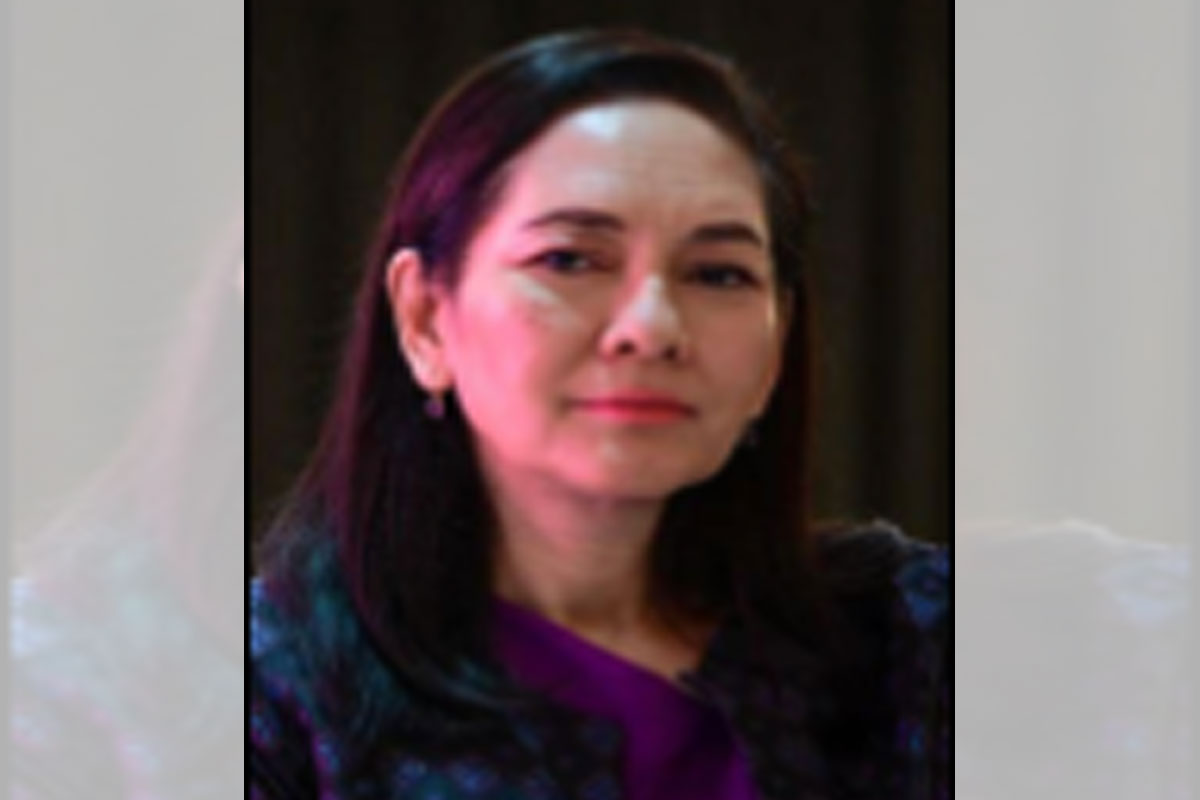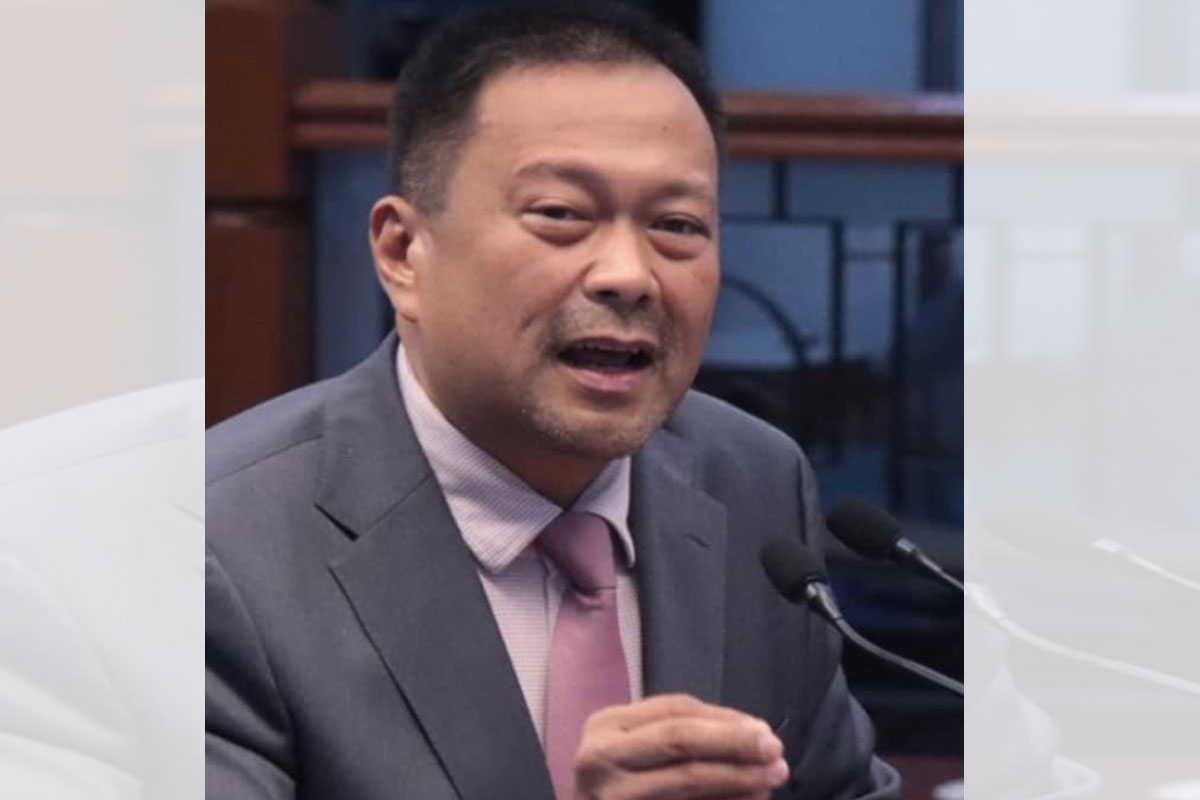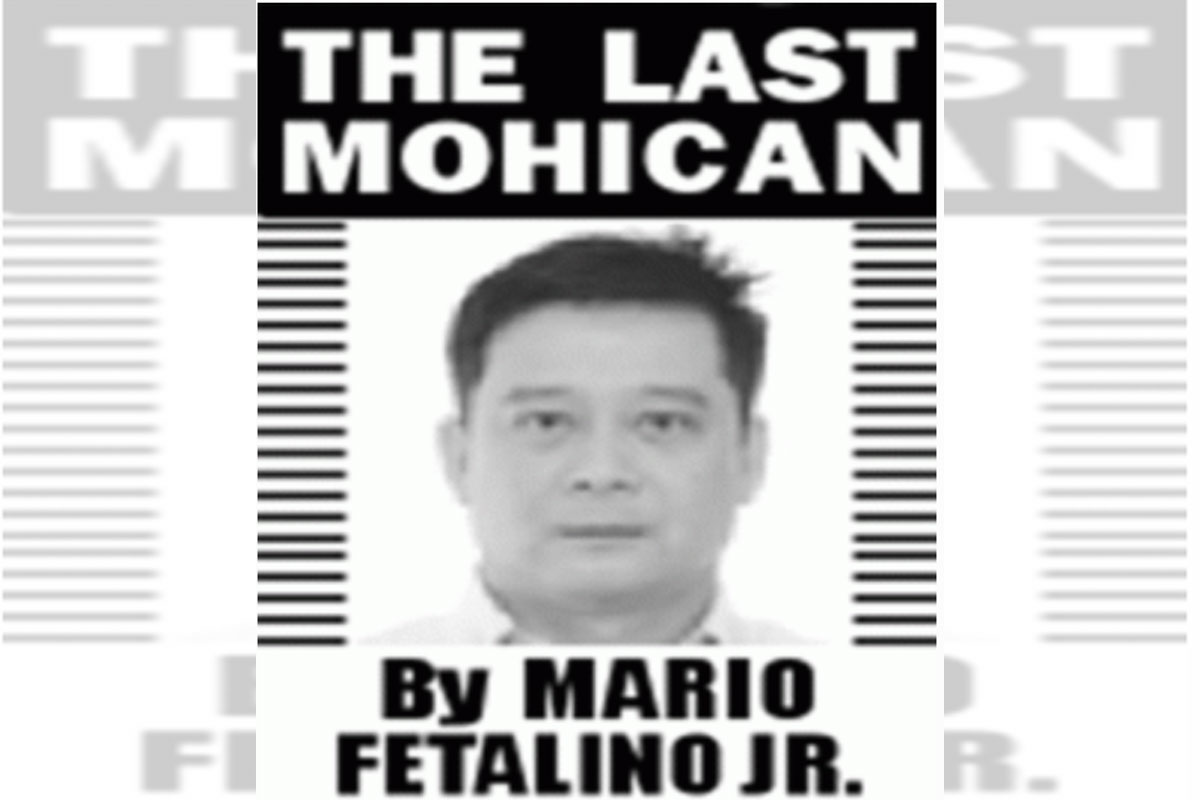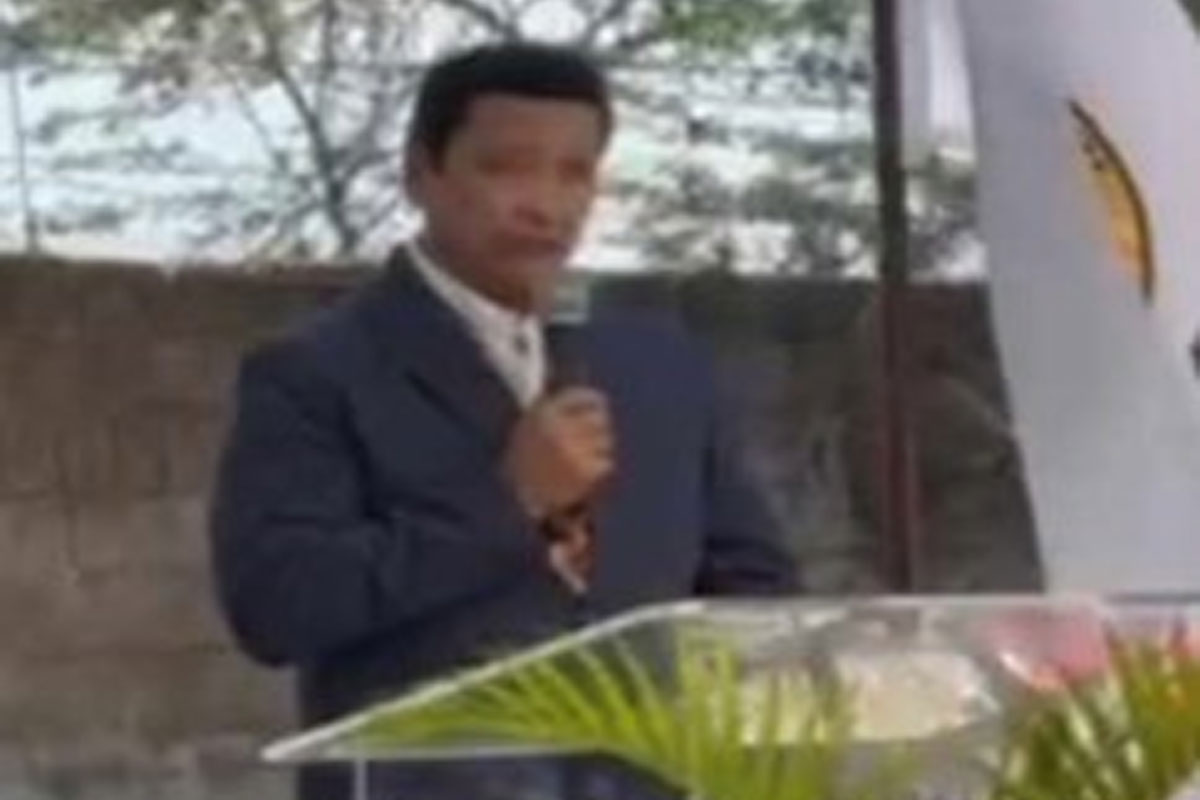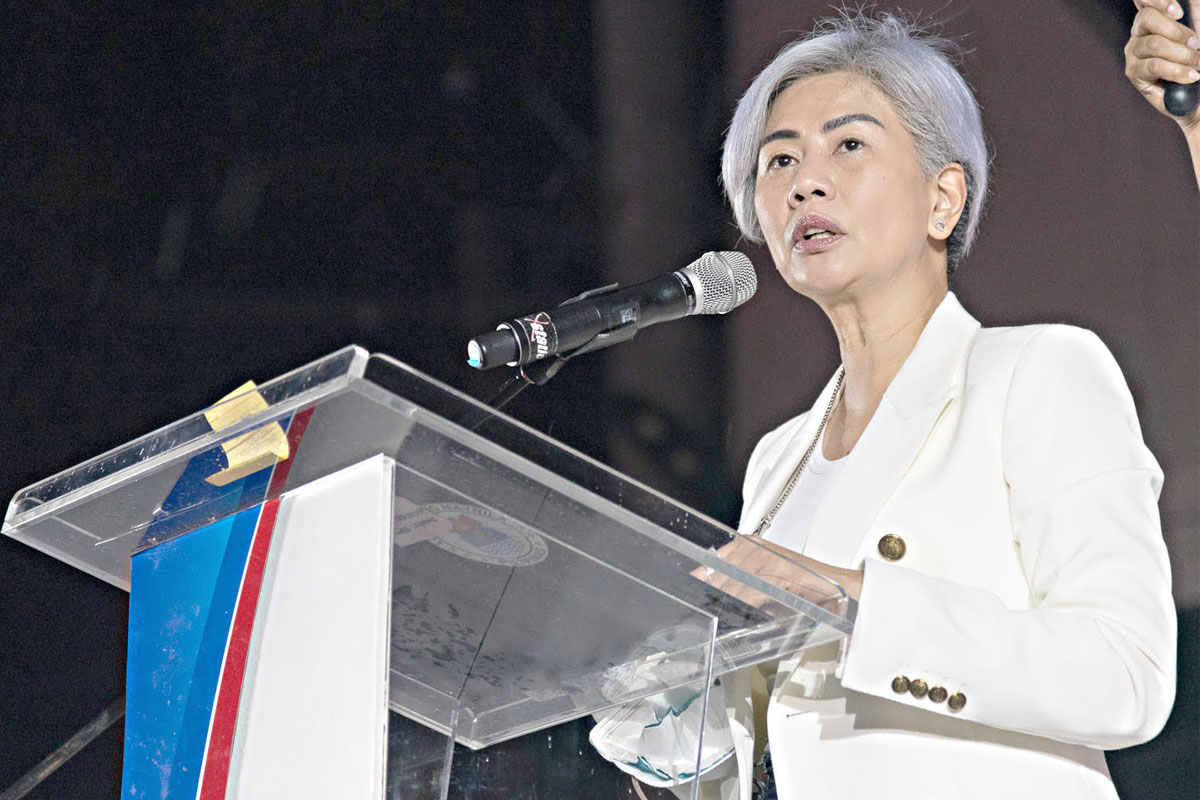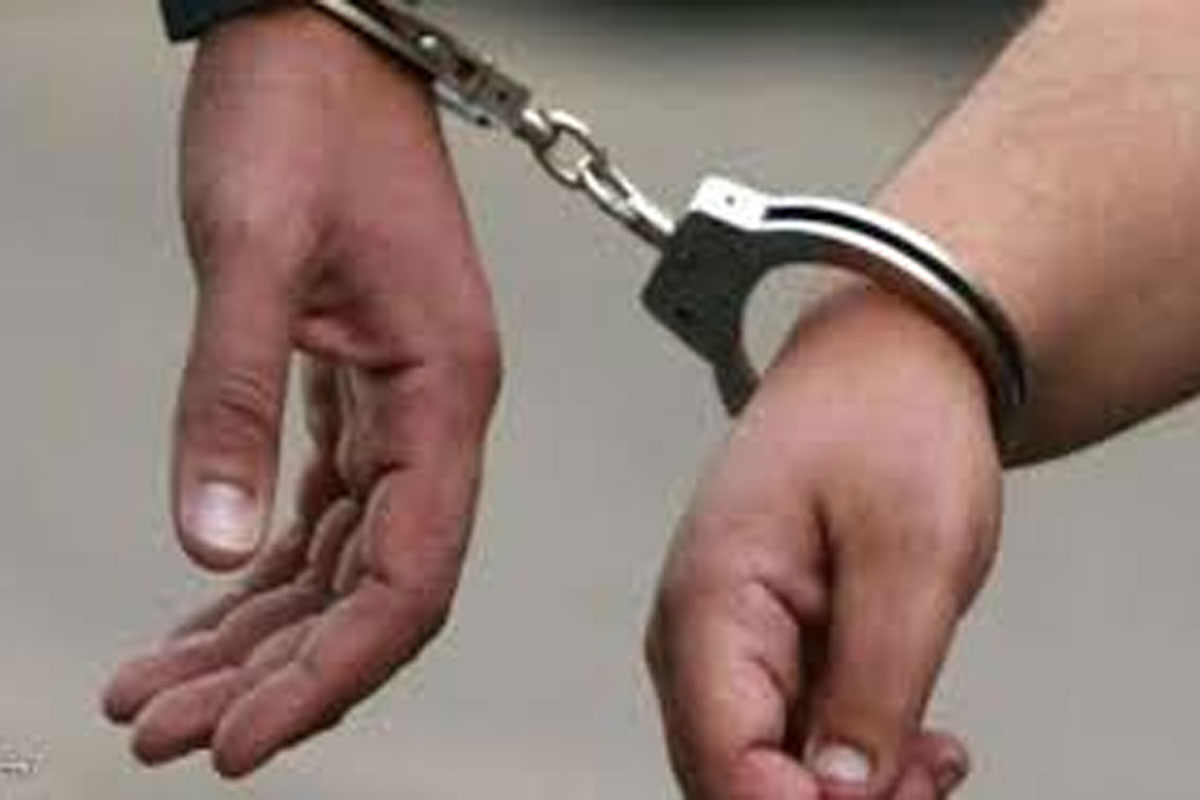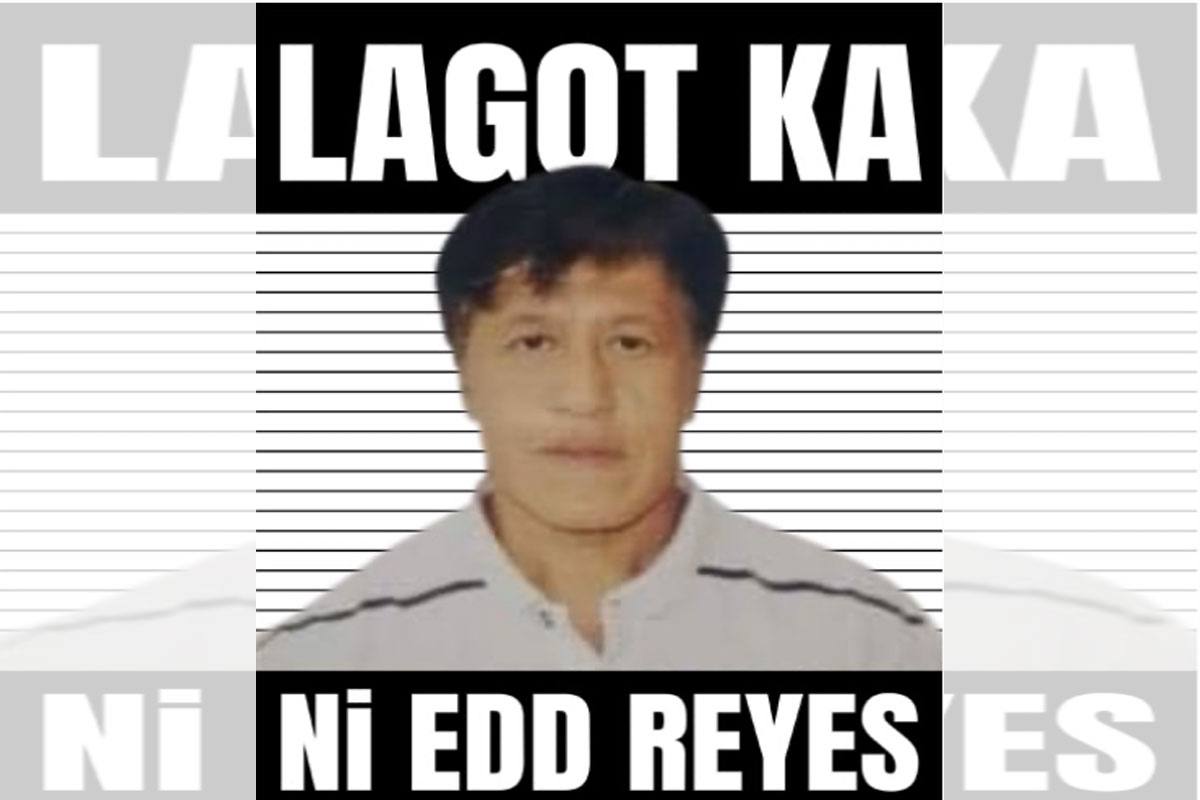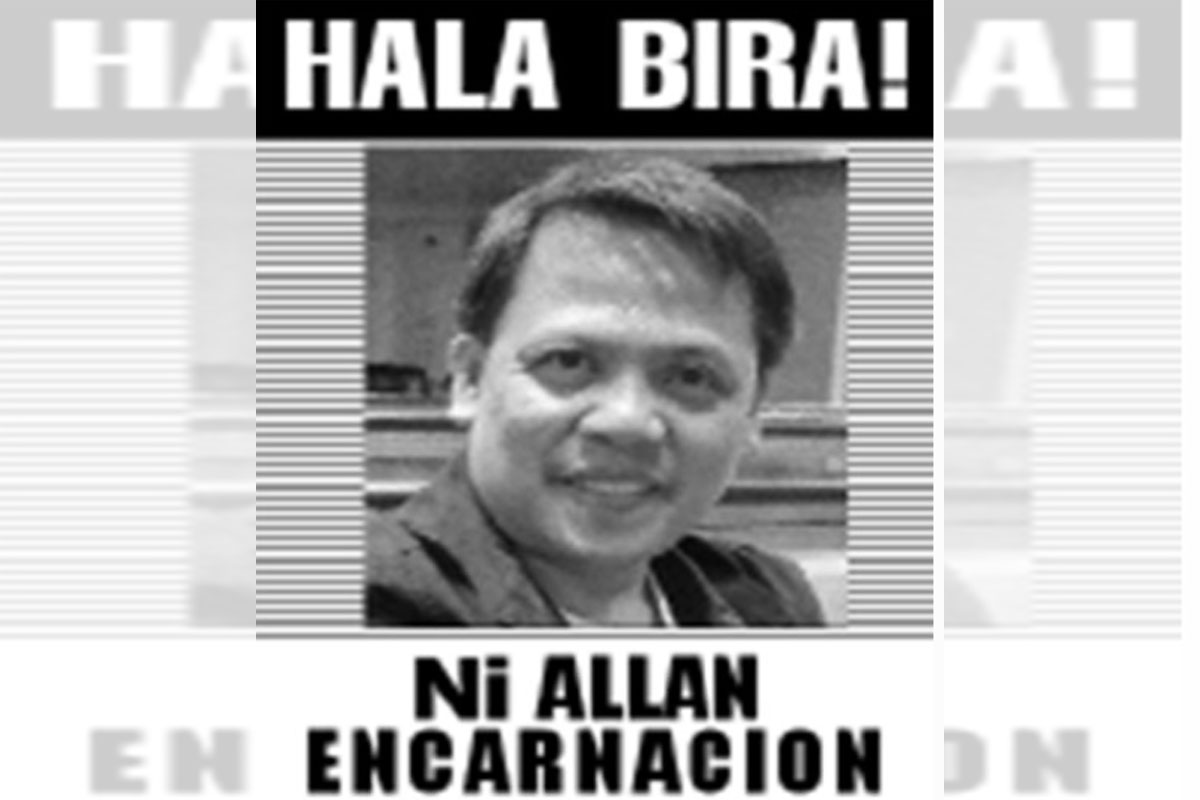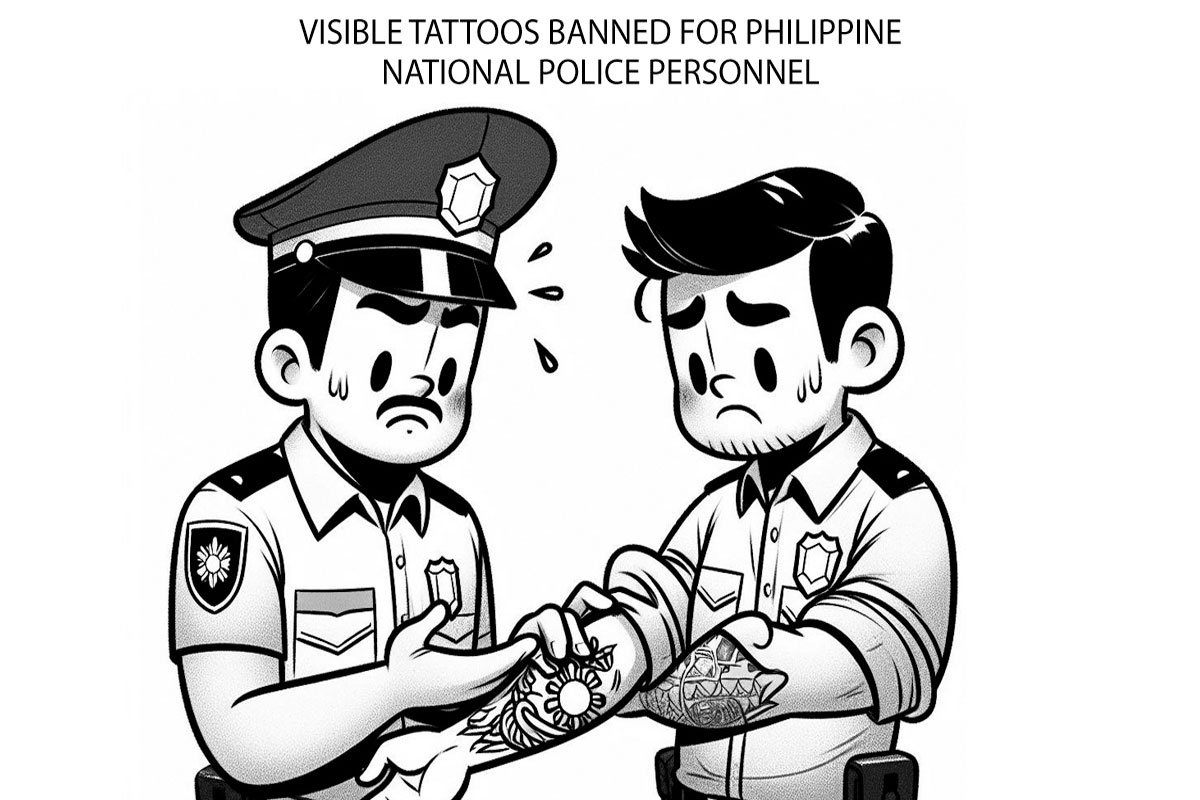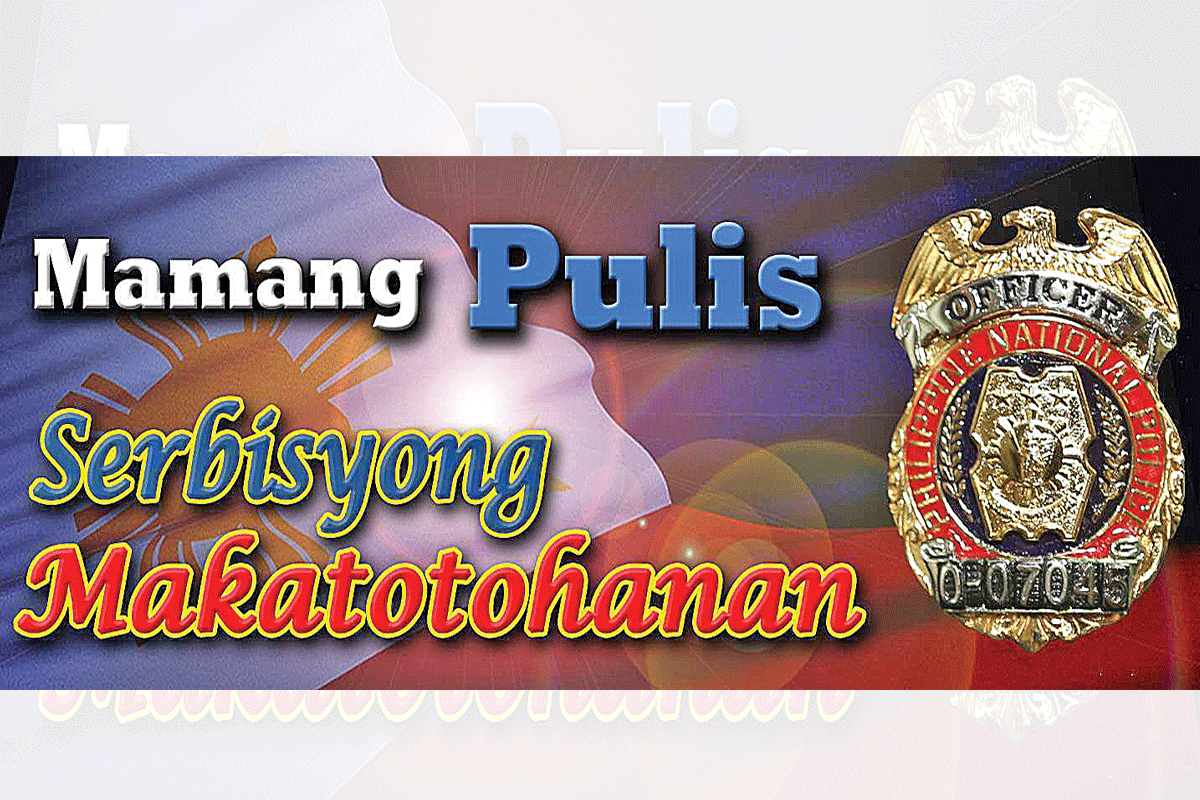
Azurin: Watch out for fake bills this yuletide season
WITH more money circulating this yuletide season, the Philippine National Police (PNP) headed by General Rodolfo S. Azurin Jr. has warned the public anew to be vigilant against the proliferation of fake P1,000 and P500 bills being passed off in different parts of the country by syndicates and con artists in time for the shopping sprees during the holidays.
The top cop underscored the need for the citizenry to be ‘sharp eyed’ against fake currencies this period and help authorities catch those circulating them. In the past, authorities have complained that most victims of counterfeit notes do not report the incident and when duped, they may try to pass on the fake note to other unsuspecting persons.
PNP spokesperson, Colonel Jean Fajardo issued the same reminder saying that crimes against property like theft and robbery as well as fraud and deceit usually increase during the Christmas and New Year holidays.
“Nagpapaalala ang PNP na mag-ingat po tayo sa ating mga transaksyon kapag tayo ay namimili sa mga palengke, sa mga malls, lalong-lalo na na ganitong pagkakataon na marami tayong mga balikabayan na uuwi at may bitbit na mga remittance,” she said.
The Bangko Sentral ng Pilipinas (BSP) has also advised people to use the “Feel-Look-Tilt” method to check the security features of the New Generation Currency (NGC) banknotes.
With Christmas Day just around the corner, Col. Fajardo asked the public to buy gifts and supplies as early as now to avoid the holiday shopping rush. She also reminded the people to only buy from legitimate sellers, even in online shops.
“‘Wag na tayong sumabay doon sa Christmas rush na sinasabi. Kung kayang mamili nang mas maaga, ‘wag humalo doon sa napakamarami. Kapag ganyan na maraming tao, diyan madalas nagkakaron ng switching ng pera,” she said.
Officials said fraudsters usually operate in heavily-crowded areas including flea markets or ‘tiyangges’ and slum areas where cash velocity is especially high during market days, mainly Saturdays and holidays.
In the past, police said many of these counterfeit bills were found to have been distributed by syndicates in different parts of Metro Manila, Ilocos-Pangasinan region and Calabarzon (Cavite, Laguna, Batangas, Rizal and Quezon) region.
Arrests have been made previously in Pasay City, Binondo, Manila, Cebu City and many parts of Mindanao. In a sting in Pasay City three years ago, officials discovered that the counterfeit money came from Maharlika Area in Taguig City.
The suspects usually sell the fake P1,000 bills for P300 each, thus the police warned the public to be watchful in receiving money especially P1,000 bills in their financial transactions.
The arrests were made amid complaints that some people are having a problem in identifying genuine bills from fake ones. However, despite the series of police operations targeting these fake money syndicates, the proliferation of fake P1,000 and P500 bills remains a problem, particularly among poor Filipinos.
In many cases, poor taxi drivers and vendors have ended up penniless after giving change to the P1,000 bills paid to them by innocent-looking people, some of them even wearing ‘Barong Tagalog’ or long-sleeved shirts.
In case the public gets hold of fake banknotes, they are advised to surrender them to the Currency Issue and Integrity Office through the Cash Department, BSP, Security Plant Complex, East Avenue, Diliman, Quezon City or to the nearest BSP regional office or branch.
Police have previously charged persons arrested in anti-fake money operations with violation of Article 116 of the Revised Penal Code or forging treasury or bank notes or other documents payable to bearer, imprinting and uttering such false notes and documents.
Campaign against illegal bills
The PNP through the BSP issued tips on how to determine if your new Philippine peso bills are fake or genuine:
* The new Philippine banknotes or peso bills are not smooth but a little bit rough to touch because they are made of cotton and Philippine Abaca.
* The serial numbers of the new Philippine peso bills are composed of one or two prefix letters and six to seven digits in asymmetric or increasing size.
* Red and blue fibers embedded in the banknote paper glow under ultra violet light. You can see this glow when you use a money detector device.
* The watermark shows the shadow image of the portrait and the banknote’s denomination on the blank space when viewed against the light from either side of the note.
*The word Filipino written in Philippine ancient “Baybayin” alphabet can be seen in its complete form when banknote is viewed against the light.
* When the banknote is rotated in 45 degrees and tilted downwards, a concealed denominational value can be seen super-embossed on the smaller version of the portrait.
* Viewed against the light, both the 20 peso and the 50 peso notes have embedded 2mm wide Security Threads that can be seen when the banknote is held against the light.
* A 4mm wide stitch-like metallic security thread can be seen in 100, 200, 500 and 1000 peso notes.
* Viewed from different angles, the color of the 4mm wide metallic security thread changes from red to green.
* The front of the thread carries in clear text the initials of the BSP together with the numeric denomination in repeated series.
* Likewise at the back of the security thread is printed the initials of the BSP in repeated series.
* The P500 and P1000 bank notes now have the optically variable device patch, reflective foil.
* For P500 bills, the reflective coil bares the image of the small BSP logo and the Blue-naped Parrot.
* In P1000 bills, the reflective coil carries the image of the small BSP logo and the south-sea pearl.
* The reflective coil patch changes its color from red to green when the note (peso bill) is rotated 90 degrees.
*A security feature exclusive for the P1000 bill is the optically variable ink for the embossed denomination value on the lower right corner of the face of the bill. It changes color from green to blue when viewed from different angles.



